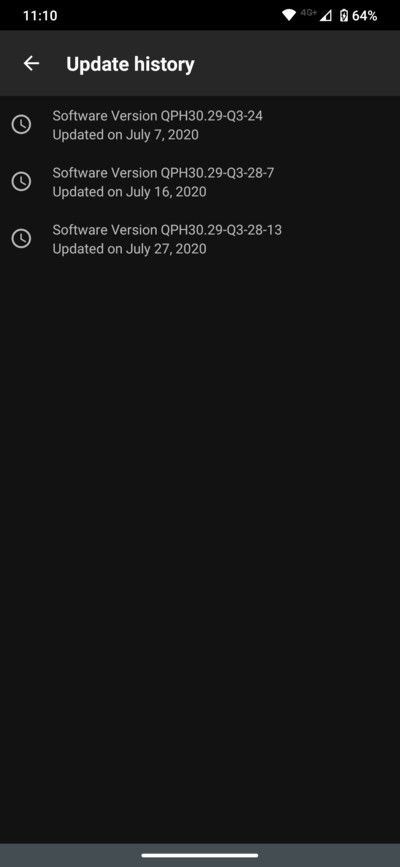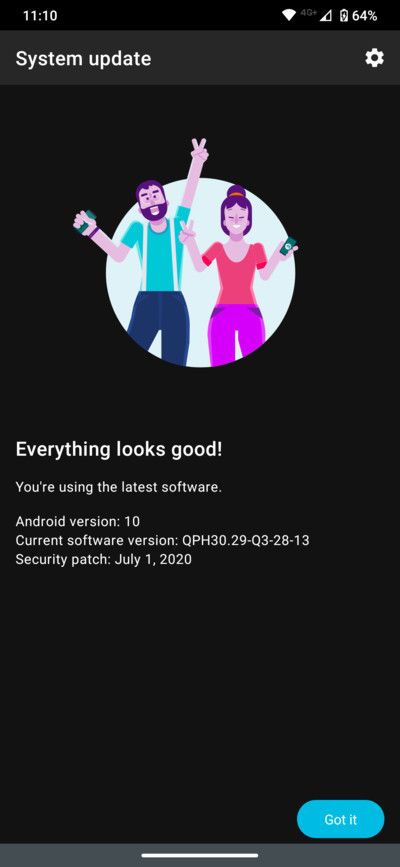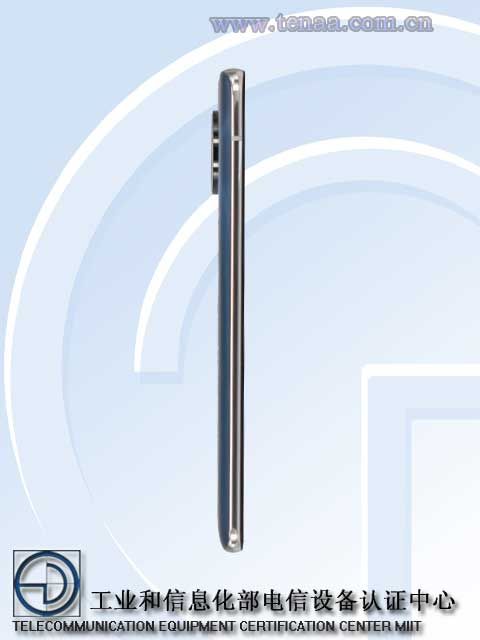Update 1 (07/31/2020 @ 03:50 AM ET): In addition to launching the Reno 4 Pro in India, OPPO has also launched the global version of Reno 4 in Thailand. Scroll to the bottom for more information.
OPPO introduced the Reno series last year with a higher mid-range and an affordable flagship — the Reno and the Reno 10X Zoom editions. The first-gen Reno devices were succeeded shortly with the Reno2 series, which was then succeeded by the Reno3 series powered by MediaTek’s Dimensity chipsets in December 2019. While the outbreak of COVID-19 slowed down OPPO a bit, the company still went ahead and launched the Reno 4 and the Reno 4 Pro in China back in June 2020. They are now launching the Reno 4 Pro globally but with Snapdragon 720G instead of the Snapdragon 765G, and an extra camera on the back.
The OPPO Reno 4 Pro global variant varies from both — the Chinese Reno 4 and the Reno 4 Pro variants — in terms of dimensions. It is actually lighter than both of the Chinese variants and weighs only 161 grams. This is because of the plastic composite material used in place of the AG glass on the Chinese variants. Despite the difference in materials, the global Reno4 Pro comes with a similar “anti-glare matte finish.” Globally, the Reno 4 Pro will be available in two different colors — Starry Night & Silky Black.

The Reno 4 Pro retains the same 6.5-inch curved Super AMOLED display as on the Chinese version of the device. The display is claimed to cover 100% of the DCI-P3 color gamut as well as have a peak brightness of 1,100nits. OPPO boasts of a high contrast ratio of 5000000:1 along with a screen-to-body ratio of about 92%. The display also houses a hole-punch cutout for the selfie camera. In addition, the display sports a 90Hz refresh rate beside all the other virtues.

When it comes to the cameras, the Reno 4 Pro global features a quad-camera setup. This includes a 48MP primary camera with a Sony IMX586 sensor, an 8MP ultra-wide, a 2MP macro sensor, and a 2MP mono sensor for phase detection. Unlike the Chinese variant, there’s no Laser Autofocus on this variant. On the front, the Reno 4 Pro features a 32MP camera with a Sony IMX616 sensor — the same as the OnePlus Nord and the Realme X3 SuperZoom. Besides supporting OIS on the primary rear camera, the phone also supports EIS for videos recorded using the front camera.
The next major highlight of the phone is the 65W SuperVOOC 2.0 charging technology that can recharge the entire 4,000mAh battery in about 30 minutes. OPPO provides a 65W charger within the box. The same charging technology is also supported on the OPPO Find X2 Pro and the Realme X50 Pro and the claims of getting the battery fully charged in about 30 minutes have turned out to fairly accurate.
In terms of internals, the OPPO Reno 4 Pro global variant comes with 8GB of RAM along with a Snapdragon 720G chipset. This primarily means that the global variants lack 5G support. The phone also uses a graphite-based cooling system to keep the phone from overheating. There is a 128GB UFS 2.1 storage which can be expanded further using the dedicated microSD card slot.
In terms of software, the smartphone features OPPO’s custom Android skin ColorOS 7.2 based on Android 10.
OPPO Watch
OPPO has also announced the OPPO Watch powered by the Snapdragon Wear 3100 SoC. The OPPO Watch resembles the Apple Watch aesthetically and comes in 41mm and 46mm dial sizes. The 46mm variant features a 1.91-inch display but the company does not reveal the size of the display on the smaller variant.

The OPPO Watch 46mm and 41mm have 24 hours and 36 hours of battery life. Additionally, the Watch also supports VOOC Flash charging that allows the Watch to get fully charged in 75 minutes.
Price & Availability in India
The OPPO Reno 4 Pro will be available in India starting August 5th. The 8GB/128GB is priced at ₹34,990 (~$470).
The OPPO Watch is priced at ₹14,990 (~$200) for the 41mm variant and the ₹19,990 (~$270) for the 46mm. The Watch will be available starting August 10th.
Update: OPPO Reno 4 launches in Thailand
OPPO announced the standard Reno 4 in Thailand alongside the Reno 4 Pro in Inda. The standard variant is similarly tweaked for the global market. It comes with the same flat 6.4 AMOLED screen with dual hole-punch cameras. The Laser Autofocus from the Chinese variant has been replaced by a 2MP depth sensor. Similarly, the phone is also powered by a Snapdragon 720G chipset and therefore lacks 5G support.


Furthermore, the regular Reno 4 global variant comes with 30W VOOC fast charging instead of 65W charging on the Chinese variant. The changes in dimensions also align with the global Reno 4 Pro. It is available in Galactic Blue and Space Black colors.
The OPPO Reno 4 is priced at TBH 11,990 (~$385).
OPPO Reno 4 and Reno 4 Pro Global Specifications
| Specifications |
OPPO Reno 4 Global |
OPPO Reno 4 Pro Global |
| Dimensions and Weight |
- 160.3 x 73.9 x 7.7 mm
- 165g
|
- 160.2 x 73.2 x 7.7 mm
- 161g
|
| Display |
- 6.4″ AMOLED
- Flat display
- Dual hole-punch
|
- 6.5-inch hole-punch FHD+ curved Super AMOLED
- 1080 x 2400
- 90Hz, 20:9 aspect ratio
|
| SoC |
- Qualcomm Snapdragon 720G
- Adreno 618
|
- Qualcomm Snapdragon 720G
- Adreno 618
|
| Storage and RAM |
8GB + 128GB |
8GB + 128GB |
| Battery and Charging |
- 4015 mAh
- 30W VOOC Flash Charge 4.0 fast charging
|
- 4000 mAh
- 65W SuperVOOC 2.0 fast charging
|
| Rear Camera |
- 48MP Sony IMX 586 primary sensor
- 8MP 119° wide-angle sensor
- 2MP macro camera
- 2MP depth sensor
|
- 48MP Sony IMX 586 primary sensor, f/1.7, OIS
- 8MP 119° wide-angle sensor, f/2.2
- 2MP macro camera, f/2.4
- 2MP mono camera, f/2.4
|
| Front Camera |
|
32MP |
| Fingerprint Sensor |
In-display optical fingerprint |
In-display optical fingerprint |
| Android Version |
ColorOS 7.2 based on Android 10 |
ColorOS 7.2 based on Android 10 |
The post [Update: Reno 4 too] OPPO unveils Reno4 Pro global variant with a curved 90Hz Super AMOLED display, 65W charging, and Snapdragon 720G appeared first on xda-developers.
from xda-developers https://ift.tt/39P5SWn
via
IFTTT






































